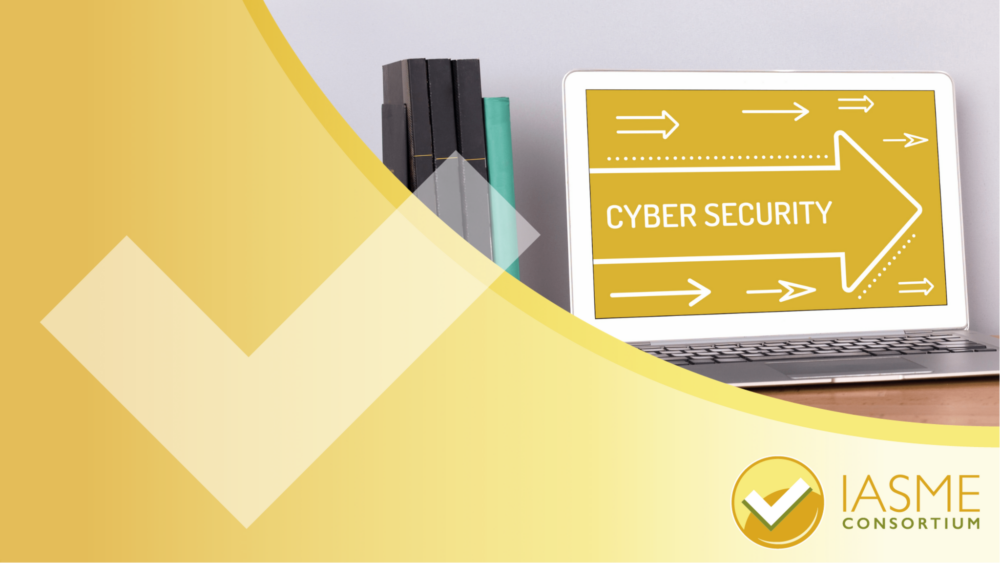Originally launched in 2004 by the US department of homeland security and the National Cyber Security Alliance, cyber security awareness month was created to help every American stay safe and secure online. The resolve to provide up-to-date online safety and security information to all citizens has since expanded into a worldwide initiative supported by international governments and industries alike.
Now in its 18th year, many countries around the globe run cyber security promotion and education drives during October. There is often a yearly theme and weekly topics of focus. This year, the theme is ‘Do Your Part: #BeCyberSmart’, with the idea to encourage all employees to take cyber security seriously – not just the IT team.
The European Cybersecurity Month (also in October) is the European Union’s annual campaign dedicated to promoting cybersecurity among EU citizens and organisations.
The ECSM campaign is coordinated by the European Union Agency for Cybersecurity (ENISA) and the European Commission, and supported by EU Member States and hundreds of partners (governments, universities, think tanks, NGOs, professional associations, and private sector business)
Since the first event in 2012, the European Cybersecurity Month has been achieving its objectives by bringing together parties from across Europe under the slogan ‘Cybersecurity is a Shared Responsibility’ to unite against cyber threats. Each year, the campaign aims to provide up-to-date online security information through awareness raising and sharing of good practices.
The two themes of the European Cyber Security Month 2021 campaign are: First aid, guidelines on what to do if one falls victim of a cyber-attack and Be cyber-secure at home: #ThinkB4UClick
This year, during cyber security awareness month, IASME will be addressing three themes.
In week 1, we will be releasing 5 blogs, one about each of the 5 core controls of Cyber Essentials. Is it true that just five technical controls can help prevent the majority of cyber attacks? What are those cyber security essentials?
In week 2 we will be exploring neurodiversity in the cyber security and technology sector. How does an organisation support a more diverse work force? What are the advantages and challenges of doing this?
In week 3 we are educating people about cyber security through illustration. Many people are put off by reams of technical text, so we have taken three essential concepts and created pictures. How does a firewall work? Where is the cloud? and Who are the cyber attackers?
Join in with our social media posts by using the hashtag #CyberSecurityAwarenessMonth.


